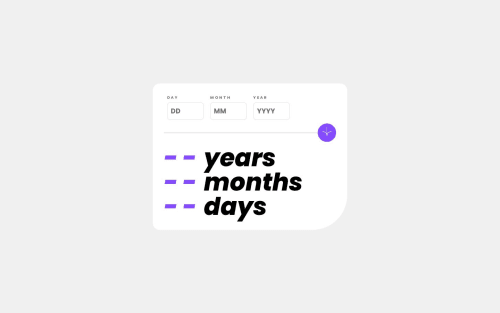Age calculator app

Solution retrospective
Features Implemented
- Accurate Age Calculation: The app provides precise age calculations in years, months, weeks, and days.
- Age Difference Calculation: Users can also calculate the age difference between two dates.
- Responsive Design: The app is built with a responsive layout, ensuring optimal user experience across devices.
- Error Handling: Proper validation is in place to handle invalid inputs and provide meaningful error messages.
- Clean and Intuitive UI: The user interface is designed to be clean, intuitive, and easy to navigate.
Technologies Used
- HTML
- CSS
- JavaScript
Learning Experience
This challenge has been a great learning experience for me. It allowed me to further develop my frontend skills and practice working with form inputs, user interactions, and data calculations. I also gained experience in handling errors and providing clear feedback to users.
I thoroughly enjoyed working on this project, and I am proud of the end result. It was a valuable opportunity to apply my knowledge and improve my coding abilities.
Takeaways
- Strengthened HTML, CSS, and JavaScript skills
- Improved form handling and validation techniques
- Enhanced understanding of responsive design principles
- Developed error handling and feedback implementation
Feedback and suggestions for improvement are always welcome.
Thank you for taking the time to review my submission!
Please log in to post a comment
Log in with GitHubCommunity feedback
- @ngugimuchangi
@SudodoSu Great solution. The age calculation is quite precise. You can improve on date validation when the year of birth is the same as the current year but the month or day is beyond the current date, i.e., the date is in the future. For instance:
- 01 July 2023 should return an error, or
- 05 June 2023 should also return an error.
I hope this helps. Happy coding.
Marked as helpful
Join our Discord community
Join thousands of Frontend Mentor community members taking the challenges, sharing resources, helping each other, and chatting about all things front-end!
Join our Discord